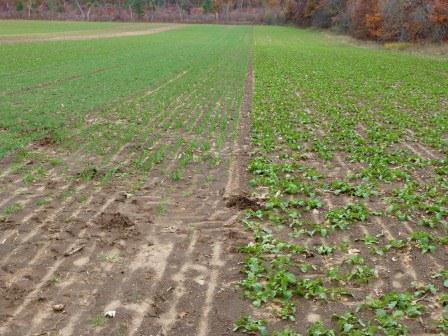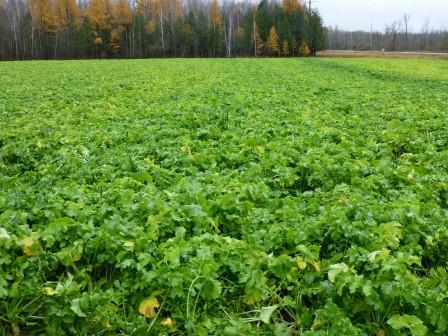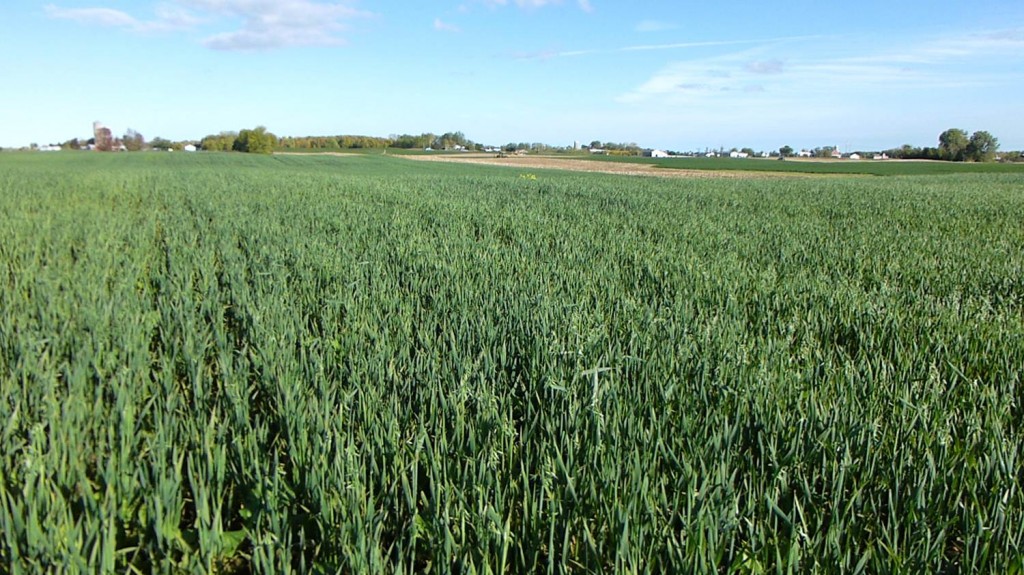Cover Crops Planted After Wheat in a Dry Year
Can you still gain value in a cover crop when it is planted after wheat in a dry year? During the week of October 15, 2012 I traveled a wide swath of Wisconsin looking at cover crops. In the eastern half of the state the cover crops looked very good. In the western half the […]
Cover Crops Planted After Wheat in a Dry Year Read More »


